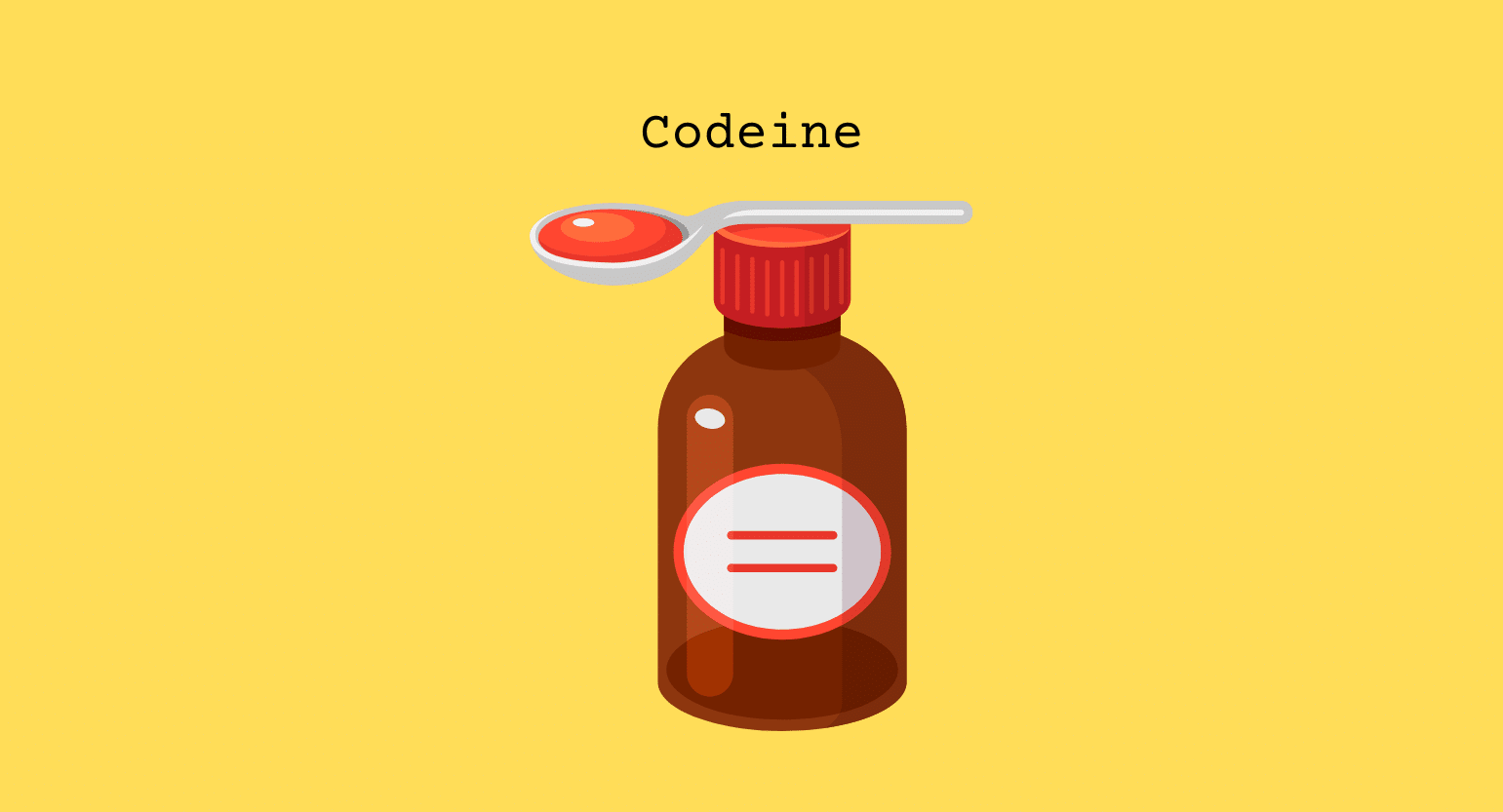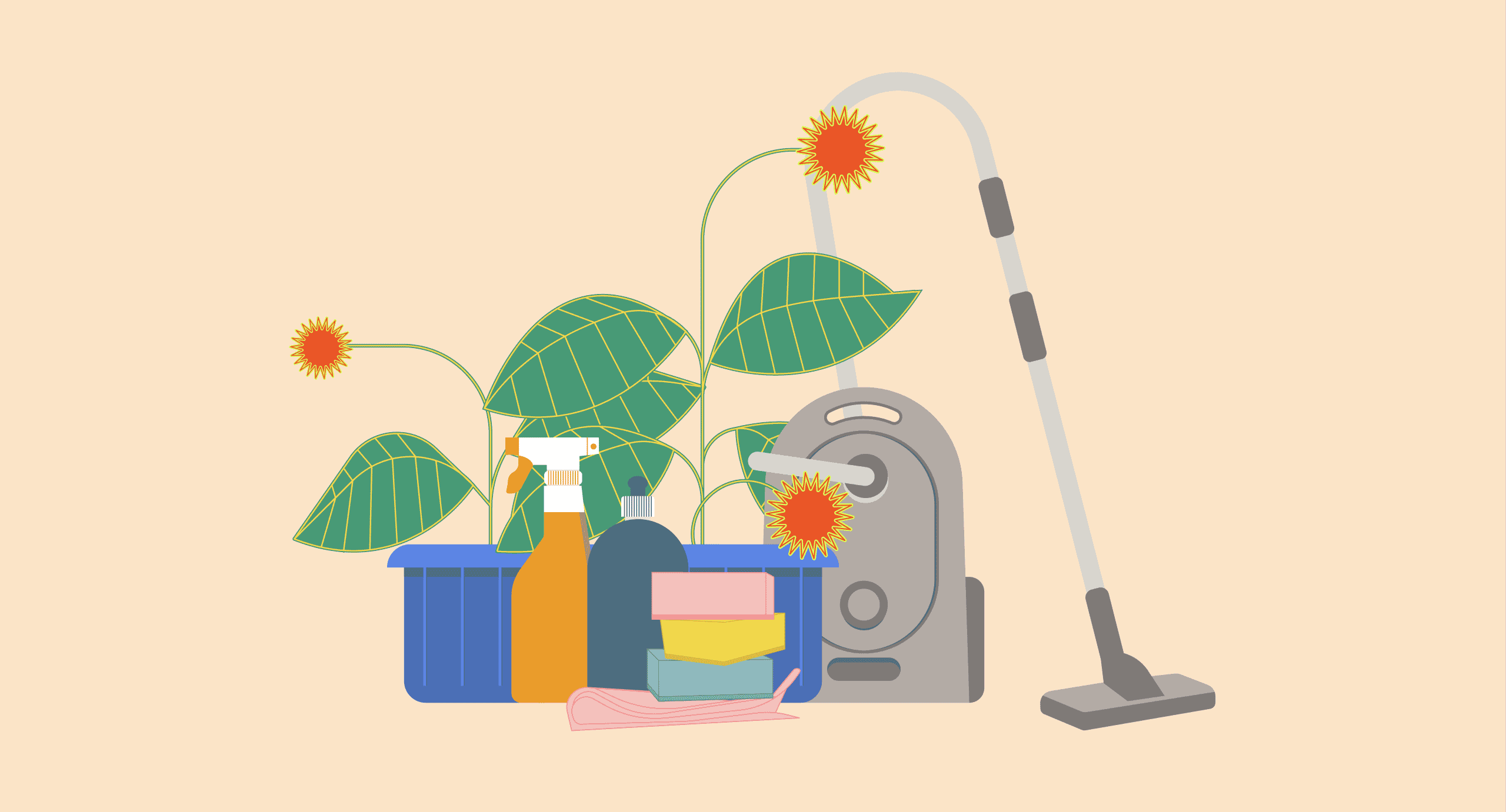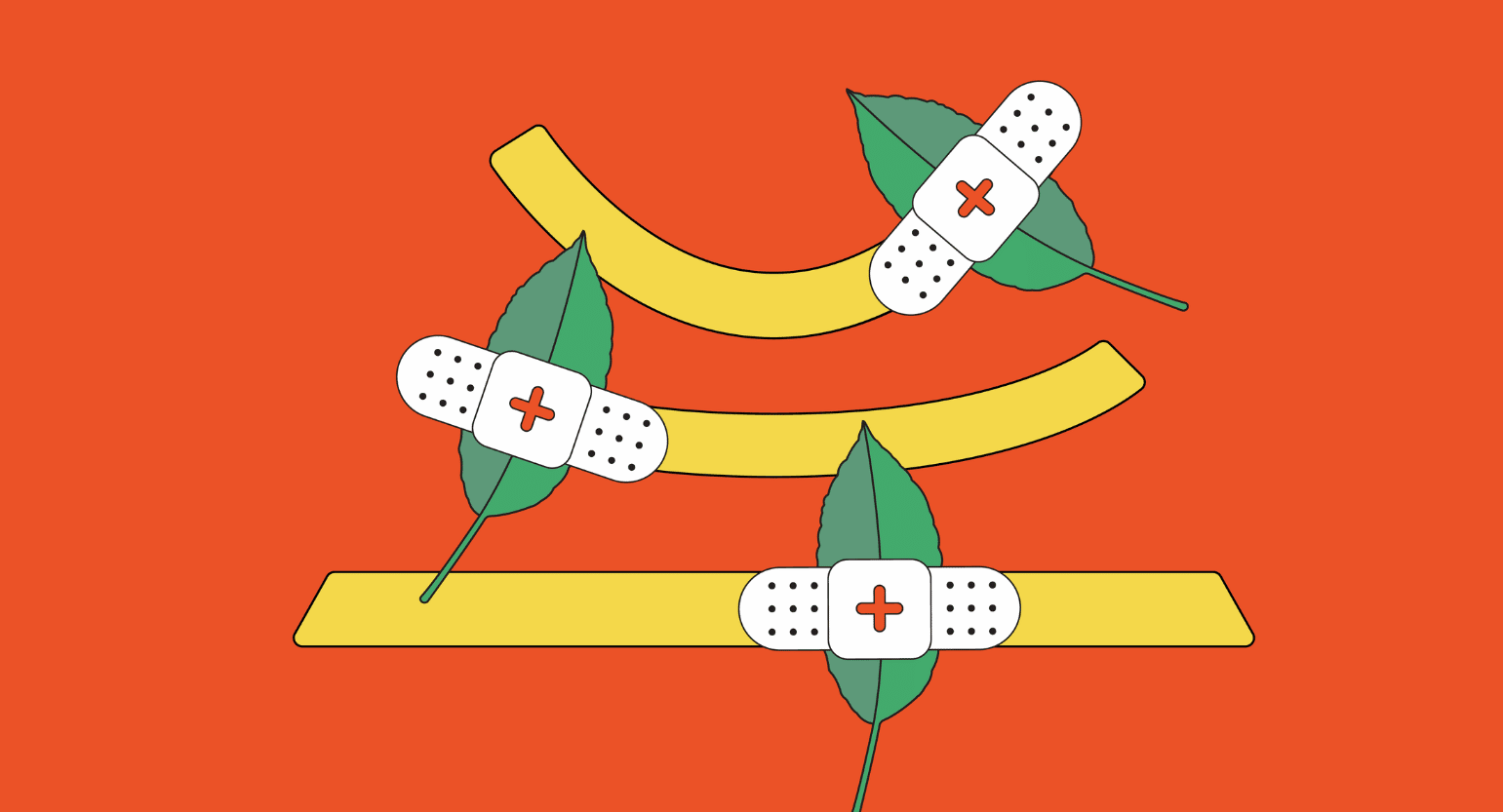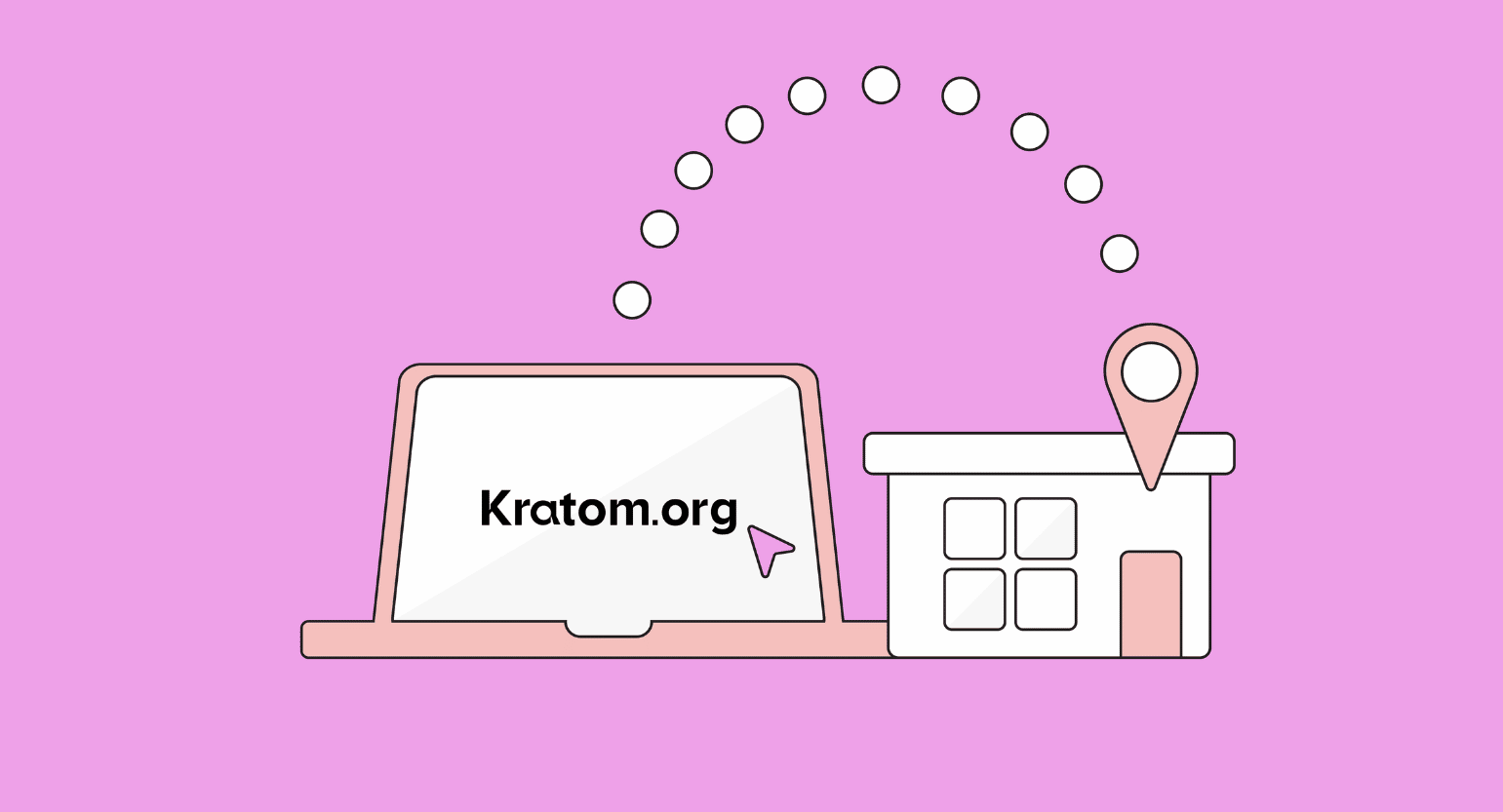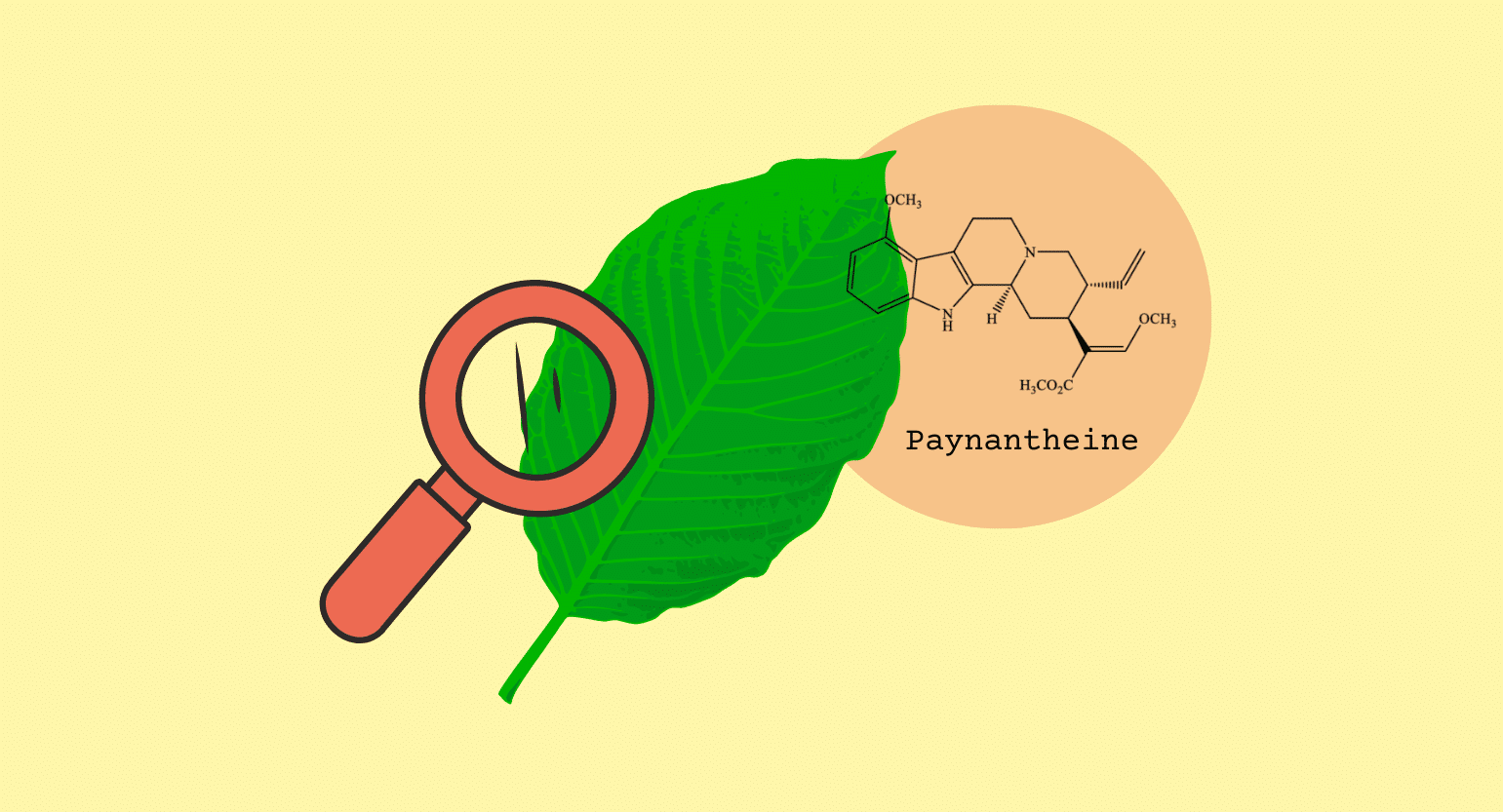Comparison Summary: Kratom vs. Kava
| Kratom | Kava | |
| Dosage Range | 2.5 grams to 10 grams per dose | 20 – 30 grams per dose |
| Common Side Effects | Acid reflux, headaches, dizziness, & nausea | Fatigue & nausea |
| Origin | Southeast Asia | Pacific Islands |
| Addictive? | Low | Very Low |
| Mechanism | Opioid Agonist | GABAergic |
Kratom vs. Kava: Effect Profile
How do kratom and kava compare in terms of their effects?
Both of these herbs promote a sense of euphoria when taken in higher doses. Kratom is much more euphoric, but part of that comes from its more stimulating nature.
Kava is a relaxant at all doses. Unlike kratom, it can’t be used to increase energy — which makes it a bit more reliable for people who aim to use these herbs to help them sleep.
It’s not uncommon for people to accidentally not use enough kratom, which has the opposite effects — making them feel more alert and awake.
There are different types of kava, just like there are different types of kratom:
- Heavy kava — Best for the body effects and promoting sleep. Similar to red vein kratom.
- Heady kava — Best for mood support. Similar to white vein kratom.
- Balanced kava — Balanced effects between heavy and heady kava. Similar to green vein kratom.
Kratom vs. Kava: Dosage
Kratom is nearly ten times as potent, gram for gram, compared to kava.
The average dose of raw kratom powder is about 2–12 grams. The dosage range for kava root is closer to 10–60 grams.
Both kratom and kava don’t have great taste, so it’s a little easier to consume kratom because you need much less of it to get the desired effects.
The difference is that with kratom, you’re consuming the whole leaf, so nothing is wasted. With kava, you’re making a diffusion, leaving much of the raw root material behind.
Kratom vs. Kava: Origin
Kratom and kava are both tropical plant species that thrive in sultry environments.
Kava comes from the Pacific islands like Vanuatu, Fiji, Samoa, Tonga, Papua New Guinea, and Hawaii.
Kratom comes from the dense tropical rainforests of Indonesia, Thailand, and Bali.
Kratom vs. Kava for Anxiety Relief
Kava is primarily designed to boost mood and eliminate the symptoms of anxiety, whereas kratom also comes with other sedative and stimulant effects.
For anxiety relief, both substances are effective at reducing the symptoms of anxiety in the short term.
Users report kratom and kava to be ideal natural alternatives to prescription anti-anxiety medications and antidepressants.

Kratom vs. Kava For Sleep Support
Both kratom and kava are excellent herbs for promoting sleep. Kratom is stimulating in low doses but becomes a strong sedative in higher doses.
Kava is sedative in all doses. The more you take, the stronger the sedative action becomes.
In general, kava is going to be a better sedative because it lacks any stimulating action whatsoever. It even works through a similar mechanism as prescription sleeping pills (GABA agonism).
Kratom vs. Kava For Pain
Kratom blocks pain by activating the opioid pain receptors — which is the same way prescription painkillers like OxyContin work.
Kava can help with pain by relaxing tight muscles and alleviating mental stress that could compound the perception of pain — however, it does very little to block the pain directly.
Because of this, kratom is considerably stronger as a painkiller than kava.

Kratom vs. Kava For Opioid Addiction
Kratom is one of the best natural methods of alleviating withdrawal and combating opioid addiction. This is because it targets these receptors themselves.
People use this herb to activate the opioid receptors, but to a lesser extent than prescription drugs. It helps take the edge of the uncomfortable withdrawal symptoms and allows users to gradually wean themselves off the use of opiates altogether.
Kava can help with symptoms like anxiety or insomnia but does very little to directly alleviate the cause of withdrawal.
Can You Consume Kratom and Kava Together?
Mixing different drugs can be dangerous. It’s why it’s recommended that kava and alcohol aren’t mixed, as there are reports of liver damage in this scenario, for example.
Research on mixing kratom and kava is limited, but they are commonly marketed together by vendors.
Most people can consume kratom and kava together with no ill effects. Users report the amplification of feelings of relaxation, anxiety relief, and euphoria. Since they have different mechanisms of action, kratom and kava don’t interact with each other.
However, combining the two does increase the risk of overdose, which has been associated with serious side effects.
One way to consume the two safely is to blend kratom and kava with milk, filter out the residue, and, only then, consume them.
Others prevent overdose by consuming kratom on an empty stomach and then washing it down with kava an hour or two later.
Overall, kratom and kava can be consumed responsibly without any serious side effects.
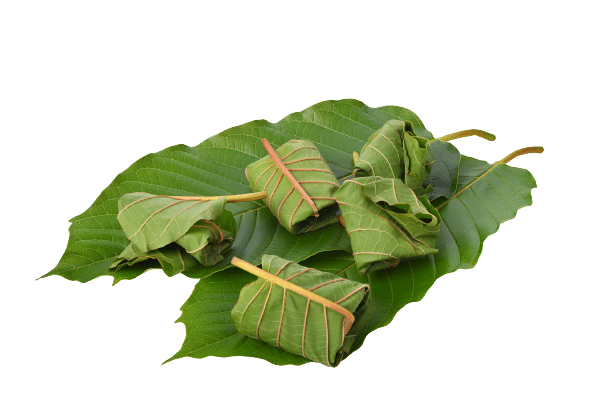
What is Kratom?
Kratom (Mitragyna speciosa) is a plant grown across multiple countries in Southeast Asia, including Malaysia, Indonesia, and the Philippines. It’s legal and unregulated by the FDA within the U.S., which means anyone can purchase it from alternative health stores.
Users consume kratom in a variety of ways, including chewing the fresh leaves, swallowing capsules, and mixing powdered kratom into a tea.
Kratom itself is a stimulant and a sedative. However, each of these qualities varies in potency depending on the strain. Every type of kratom has different effects on the mind and body, which leaves a lot of room for experimentation and optimization.
The two primary alkaloids within kratom are mitragynine and 7-hydroxymitragynine. These bind to the opioid receptors in the brain and spinal cord, which is why they are so effective at reducing symptoms of anxiety, stress, and depression.
Kratom is used for a variety of medical and recreational reasons, including:
- To improve mood
- To be more productive
- To replace coffee or other stimulants
- To improve focus & concentration
- To fight insomnia (high doses)
- To eliminate fatigue
- To alleviate pain & anxiety
Inexperienced users must evaluate the different kratom strains and dosages. There are three main categories of kratom. In order of potency, they are red vein, green vein, and white vein.
The colors are denoted by the different colored veins within the leaves of each kratom plant.
There’s also yellow vein kratom, which is a bit of a hybrid between the other kratom types.
Is Kratom Dangerous to Consume?
Kratom is widely considered to be a safe substance. The vast majority of people will never experience any significant side effects.
Those that do experience a negative reaction may have side effects, but none of the documented side effects are life-threatening or require medical attention. At worst, they’re uncomfortable and unpleasant.
However, there is the potential for addiction. The American Society of Addiction Medicine has reported an increase in kratom addiction cases in recent years.
When misused and abused, kratom can be harmful.
The most common side effects of kratom include:
- Dry mouth
- Flatulence
- Hallucinations
- Headaches
- Increased heartbeat
- Nausea
- Stomach pain
When compared to similar prescription opioids, kratom comes with a much lower risk of dependency and addiction.
For this reason, kratom is an ideal alternative to many prescription medications, including Adderall and Vicodin.
How Does Kratom Reduce Anxiety?
Kratom reduces anxiety through the action of mitragynine on the brain’s opioid receptors. Ordinarily, this action is designed to relieve pain, but many scientists believe this alkaloid mechanism is responsible for the anti-anxiety and antidepressant effects reported by users.
It’s why so many users are dealing with stress and anxiety with kratom rather than OxyContin and Vicodin.
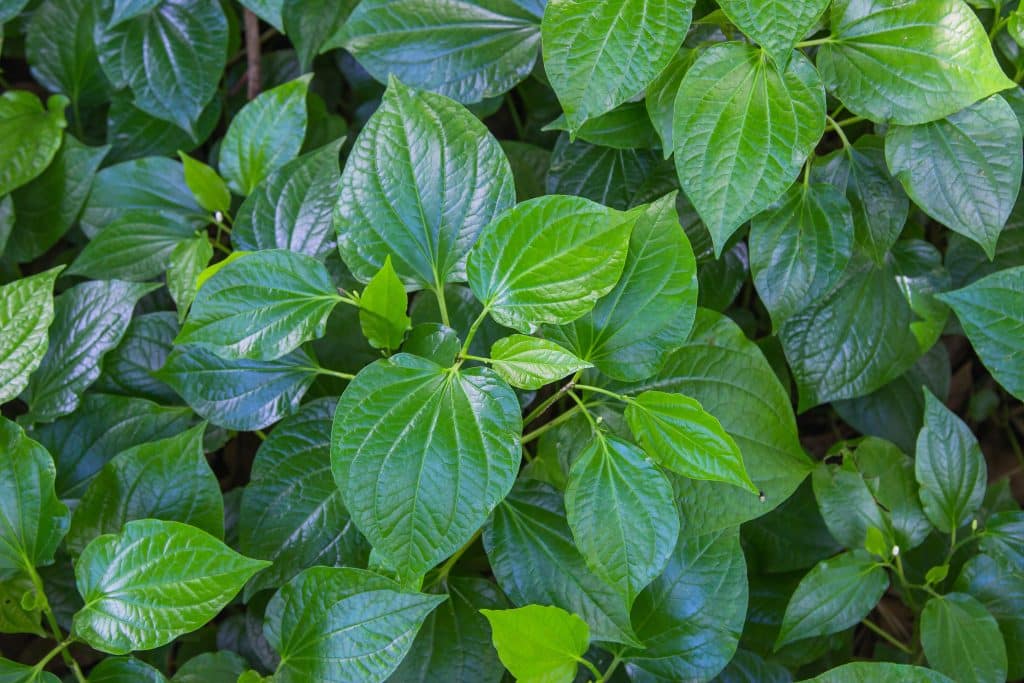
What is Kava?
Kava (Piper methysticum) is a plant indigenous to the Western Pacific region. It can be found across islands as diverse as Hawaii, Papua New Guinea, Micronesia, and Fiji.
It’s recently attained popularity in the West, which is why so many vendors sell kava alongside kratom. However, it’s been used among Pacific island communities for thousands of years.
Instead of alcohol, locals use kava drinks to socialize, begin rituals, and conduct religious ceremonies.
Today, it’s sold in Nakamals, which are known to Westerners as kava bars.
The pharmacology of kava is not completely understood by scientists, but an increasing body of data supports its documented benefits. Kava’s power comes from six major kavalactones, which are responsible for 90% of the active natural ingredients.
The most common uses for kava include:
- Act as a natural antidepressant
- Boost mood
- Improve sleep
- Lessen anxiety symptoms
- Reduce stress
Its long track record of regular use across the Pacific region and alternative pharmacology means that this is widely considered to be a safe substance to consume.
Is Kava Dangerous?
Kava has been widely misunderstood for a long time. In the mid-2000s, some countries, including Switzerland and Germany, banned it due to tenuous links between kava and serious liver damage. The German ban was lifted in 2014 due to a lack of conclusive evidence.
Much of the original evidence was seen as flawed, as many of the people who experienced liver damage had other pre-existing conditions.
Kava does come with some side effects, however.
Some of the main side effects of kava include:
- Dizziness
- Drowsiness
- Enlarged pupils
- Fever
- Nausea
- Skin rashes
- Stomach pain
How Does Kava Banish Anxiety?
Kava’s power comes from its kavalactones.
Kavalactones affect all parts of the central nervous system but appear to be especially active in the limbic system of the brain. This is the part of the brain responsible for controlling emotions, motivation, and instinctual behavior.
Kava also interacts with the GABA receptors. GABA is a neurotransmitter in the brain directly responsible for reversing anxiety or stimulation in the brain. When we’re anxious, it’s GABA that reverses this effect and calms us back down.
Kava promotes GABA activity in the brain by improving its ability to bind to the associated receptors. The result is a feeling of calmness, relaxation, and quietness within the brain.
Final Thoughts: Kratom vs. Kava – Which is Better for Anxiety Relief?
The differences in the way these substances interact with the body mean they can be both used for anxiety relief without any problems. Users need to be careful when it comes to dosing, as it’s relatively easy to consume too much of both.
Kratom and kava both have scientific evidence to prove that they are effective as antidepressants and anti-anxiety treatments.
It must be mentioned that while kava comes with no possibility of addiction, kratom does. To avoid the dependency and addiction associated with kratom, it’s important to carefully measure dosage and avoid consuming it every day.
If you already take prescription medications for pre-existing conditions, you should speak to your doctor before consuming kratom or kava.
In conclusion, kratom and kava are both effective for anxiety relief. They can also be combined to amplify their individual effects.
We recommend doing your research before purchasing to make sure you’re purchasing only the highest quality kratom and kava without any additional chemicals, fillers, or additives.


